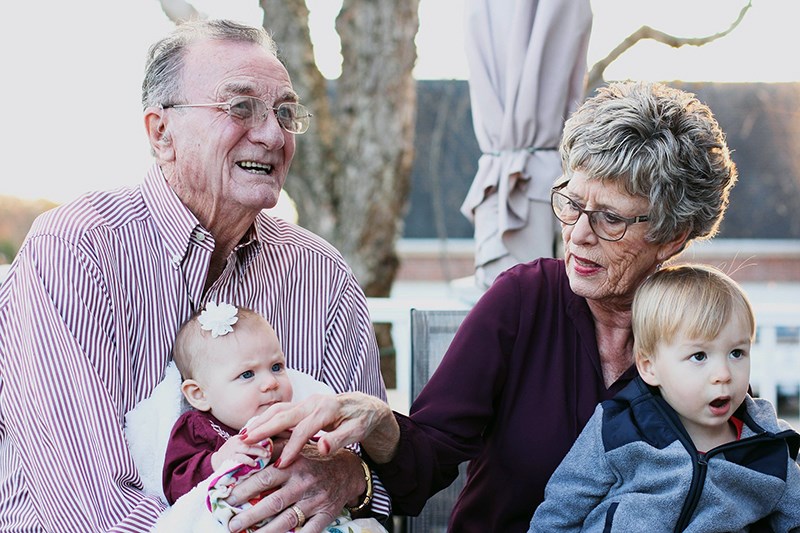Seniors living in poverty have doubled in B.C., and a high percentage of them live in Coquitlam, a new report shows.
The B.C. Seniors’ Poverty Report Card is the first of its kind, produced by the Social Planning and Research Council of British Columbia (SPARC BC), and United Way of the Lower Mainland.
Released on Wednesday, the report shows Coquitlam senior poverty levels are fourth only to Surrey, Vancouver and Richmond, with 14.1% of the population or 2,630 people living under the Statistics Canada Low Income Measure (LIM) After Tax.
Port Moody, meanwhile has 370 poor seniors or 9.2%, while Port Coquitlam's rate is 10.5% or 760.
The Tri-City senior poverty rates are higher than the provincial average of 8.8% and show that there are pockets of poverty in an otherwise wealthy community.
“It’s a call to action to people and community to give of their time, give of their knowledge and give of their resources to support community programs,” said Kahir Lalji, the United Way of the Lower Mainland’s provincial director for healthy aging.
However, he acknowledged that the volunteer sector is facing its own challenges because working adults with busy family lives are stretched for time, leaving the bulk of volunteering to younger seniors, who do most of it.
Lalji suggested the community view older seniors not as a burden but as a resource, because older people have something to give. Programs that bring high school students together with seniors, for example, often find teens benefit from the engagement, and he would like to see more intergenerational programs as well as more support for seniors centres and programs.
The LIM After Tax amount is $22,133 for a single senior and $31,301 for a couple.
Among the findings in the poverty report is data that shows B.C. has the highest poverty rate in the country, that the number of poor seniors in B.C. grew for the third year in a row, single seniors are more than three times as likely to be poor than senior couples, and 20% are spending more than 30% or more before tax income on housing costs.
Among the issues that poor seniors face, Lalji said, is isolation because they can’t afford transportation and poor nutrition.
He hopes the B.C. government’s upcoming poverty plan will address some of these issues.
But he also suggested people take time to have a cup of tea with a senior or ask if they need help with groceries.
“There’s an opportunity for us to branch out and love our community a bit more,” Lalji said.



